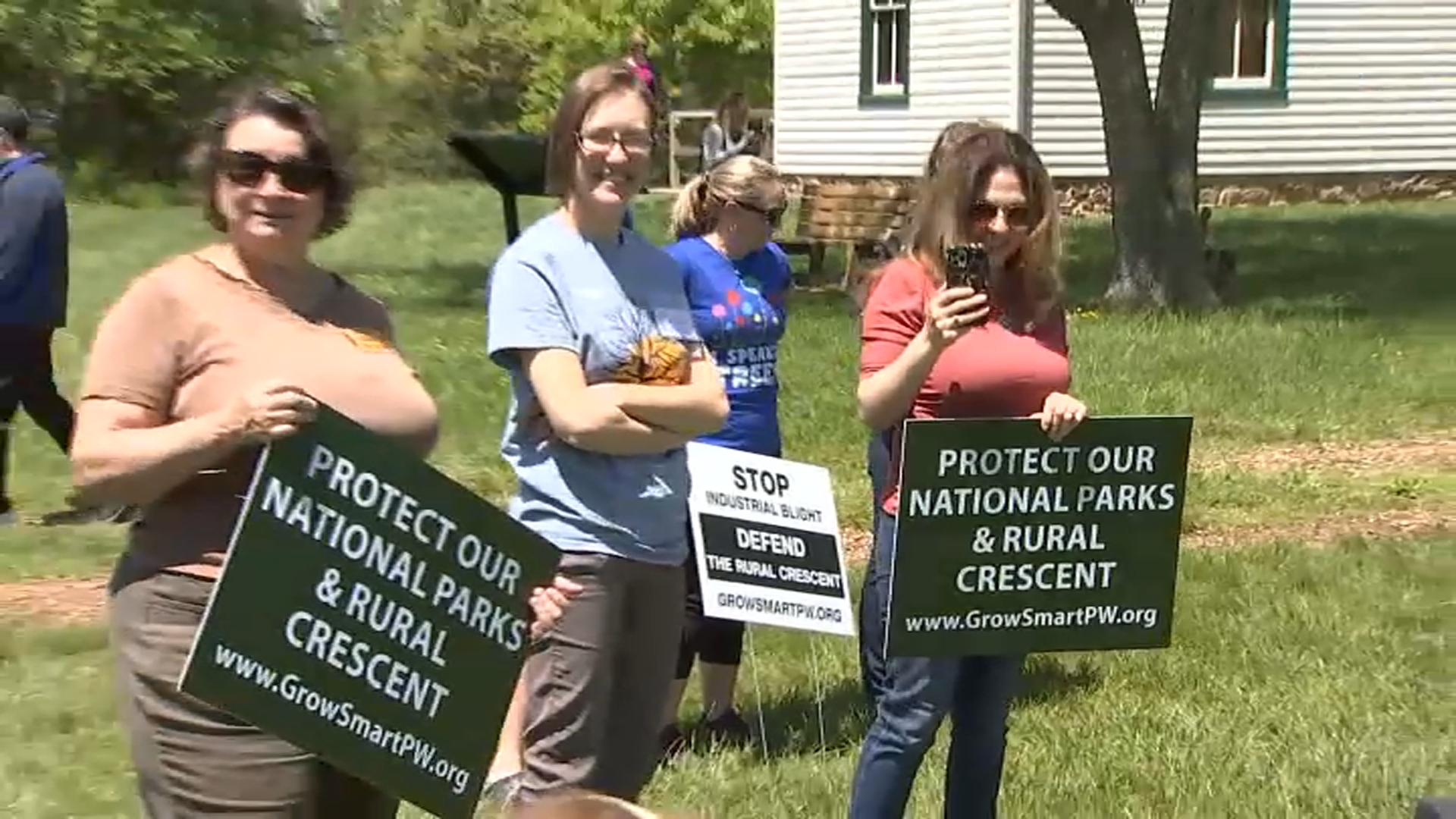
Amazon Web Services plans to invest $35 billion in new data centers in Virginia under a deal with the state, Gov. Glenn Youngkin announced Friday.
Millions of dollars in incentives to close the deal still require legislative approval, but General Assembly leaders in both parties expressed support in a news release issued by Youngkin’s office.
Still, data centers have become a politically volatile topic, particularly in Northern Virginia, where the structures are increasingly common and where neighbors are voicing noise and environmental concerns.
Data centers house the computer servers and hardware required to support modern internet use, and demand continues to increase. But the data centers require high-powered fans and extensive cooling capacity that can generate noise. They also consume huge amounts of electricity that can require construction of high-voltage transmission lines to support them.
We've got the news you need to know to start your day. Sign up for the First & 4Most morning newsletter — delivered to your inbox daily. >Sign up here.
Bills proposed in the legislature this year would increase regulate where centers could be located.
The governor’s office said the locations of the data centers will be determined at a later date. But tech companies prefer Northern Virginia because it is close to the historical backbone of the internet, and proximity to those connection points provides nanoseconds of advantage that are of importance to tech companies that rely on the servers to support financial transactions, gaming technology and other time-sensitive applications.
Bill Wright, a Prince William County resident who opposed a massive data center expansion recently approved by the county’s Board of Supervisors over considerable community opposition, said Friday’s announcement shows that “the influence of big tech money has become intoxicating to our politicians.”
He said that he does not object to data centers in and of themselves and hopes that the state will place them in areas that don't harm the environment, and in rural areas where jobs are needed. But he expressed skepticism that the state is willing to stand up to tech companies that want the centers in Northern Virginia.
“Northern Virginia is being overwhelmed by these things,” Wright said. “We may as well start calling ourselves the Commonwealth of Amazon.”
Northern Virginia has been a tech hub since the formation of the internet, and now hosts more data centers than the next five largest U.S. markets combined, according to the Northern Virginia Technology Council. They have also proven to be a cash cow for local governments that embrace them — data centers now provide for more than 30 percent of the general fund budget of Loudoun County, a suburb of the nation’s capital with more than 400,000 residents.
Another data center opponent, Elena Schlossberg with the Coalition to Protect Prince William County, expressed dismay that Youngkin felt emboldened to announce a data center deal in a year when state and local officials are all on the election ballot in Virginia — and as community concern over data centers is growing.
“That is just mind-boggling that he does not see that communities are uniting” in opposition to data centers, she said.
In a tweet, Youngkin spokeswoman Macaulay Porter said $35 billion represents the largest capital investment in Virginia history. In terms of jobs, the governor's office said it is expected to generate more than 1,000 jobs across the state. That pales in comparison to the 25,000 jobs associated with Amazon's decision in 2018 to build a second headquarters in Arlington County.
The deal calls for Amazon to receive incentives from a new Mega Data Center Incentive Pogram, as well as a grant of up to $140 million for workforce development site improvements and other costs. Both will require legislative approval. Administration officials did not immediately respond to questions over how much money would be included in the new incentive program.
An Amazon Web Services spokesman declined to comment on the record over how many data centers are planned and Amazon's preferences for where to locate them.



